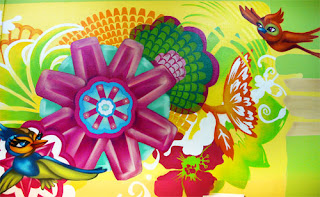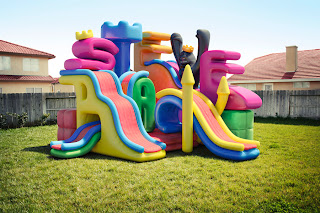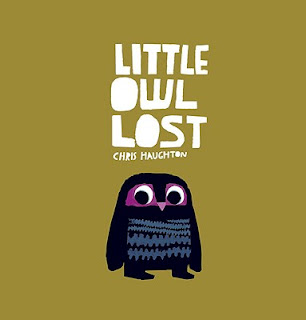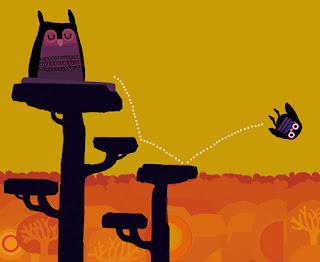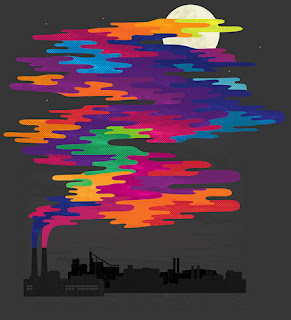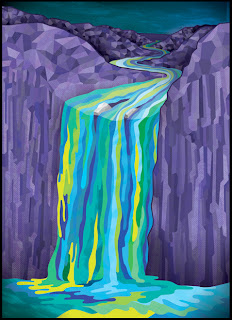The 4th graders did a project based on the work of Canadian artist
Ted Harrison last week. I found out about his work on one of the blogs I follow,
the Artist Woman.
Ted is primarily a landscape painter who uses a strong palette of color in his work. These colors often fill closed shapes and do not blend into each other. His landscapes are of the Yukon territory in Canada. In one of these paintings he included an inukshuk.
An
inukshuk is a stone sculpture in the form of an abstract person created by the Inuit people that inhabit North America and the Arctic Circle. These sculptures are not made to be decorative, but are used to communicate messages. I told the students to think of them as "traffic signs" in the wilderness. The arms could point in the direction of a safe passage. They may also be made to honor an ancestor.
While discussing the art of Ted and the Inuit people, we discussed warm and cool colors and identified them in the above painting. We also talked about positive and negative shapes and how their relationship with one another is very important to the success of an image. These shapes should interact in an interesting way and have enough variety to keep a viewer engaged in the artwork.
We followed the plan that the Artist Woman laid out in her blog post- laying out the composition in pencil, tracing contour lines with crayon, applying watercolor to the paper, and cutting black paper to create our own inukshuks.
When doing the painting I demonstrated adding more water to the paint to make lighter tints of colors. I applied this technique to a stream shape in my painting by starting out dark in the back and adding more and more water to it as the shape continued down to the bottom of the page. By doing this it made the shape look more 3d and added more depth to the painting.
Students were encouraged to use creative thinking to create an image that used warm and cool colors effectively and had an interesting relationship between the positive and negative shapes.
